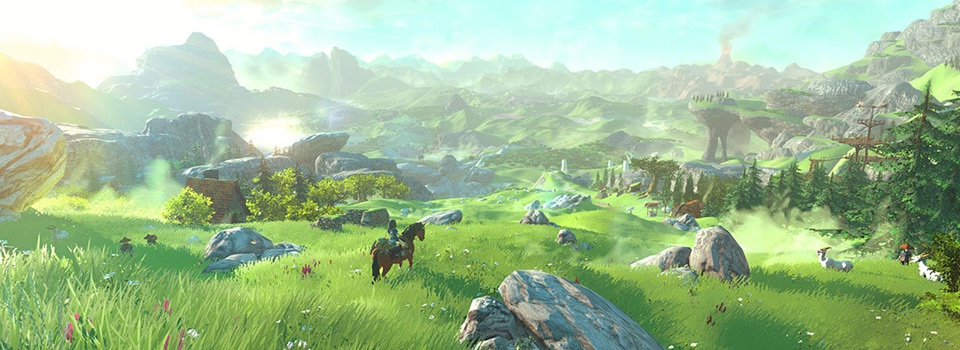The Evolving Landscape of Multiplayer Gaming: 2025 and Beyond
Related Articles: The Evolving Landscape of Multiplayer Gaming: 2025 and Beyond
Introduction
In this auspicious occasion, we are delighted to delve into the intriguing topic related to The Evolving Landscape of Multiplayer Gaming: 2025 and Beyond. Let’s weave interesting information and offer fresh perspectives to the readers.
Table of Content
The Evolving Landscape of Multiplayer Gaming: 2025 and Beyond

The year 2025 promises a dynamic evolution in the realm of multiplayer gaming. Advancements in technology, evolving player preferences, and the increasing accessibility of high-speed internet are converging to create a landscape where collaborative and competitive gaming experiences are more immersive, engaging, and accessible than ever before. This article explores the key trends shaping the future of 2-4 player online games, examining the innovations, challenges, and potential benefits that lie ahead.
The Rise of Immersive Experiences:
The pursuit of immersive gameplay is a driving force behind the evolution of online multiplayer experiences. Virtual reality (VR) and augmented reality (AR) technologies are rapidly maturing, offering players the ability to step into virtual worlds with unprecedented realism. Imagine collaborating with friends in a virtual escape room, battling mythical creatures in a shared fantasy realm, or even engaging in strategic warfare on a battlefield rendered with breathtaking detail. These immersive experiences go beyond traditional screen-based interaction, fostering a sense of presence and shared adventure.
The Power of Cross-Platform Play:
The barriers between different gaming platforms are gradually dissolving. Cross-platform play, allowing players on different consoles and PCs to interact seamlessly, is becoming increasingly common. This opens up a vast pool of potential players, fostering a more diverse and inclusive gaming community. The ability to play with friends regardless of their chosen platform enhances accessibility and strengthens social connections within the gaming world.
The Rise of Esports and Competitive Gaming:
The popularity of esports continues to soar, attracting a global audience and professional players. This has spurred the development of games specifically designed for competitive play, featuring intricate mechanics, balanced gameplay, and robust tournament systems. The rise of esports has also led to the emergence of new business models, with game developers finding innovative ways to monetize competitive play through sponsorships, prize pools, and in-game content.
The Importance of Social Interaction:
Social interaction is a cornerstone of the multiplayer gaming experience. Games are increasingly incorporating social features, fostering communication and collaboration among players. This can take the form of in-game voice chat, text-based communication, or even virtual environments designed for socializing. The ability to connect with friends and fellow gamers beyond the game itself enhances the overall experience and builds lasting relationships.
The Future of Multiplayer Game Design:
Game developers are constantly pushing the boundaries of design, incorporating innovative features and mechanics to create engaging and rewarding multiplayer experiences. The future of multiplayer gaming is likely to see a greater emphasis on:
- Procedural Content Generation: This technology allows games to dynamically generate unique levels, quests, and challenges, ensuring a fresh experience with each playthrough.
- Artificial Intelligence (AI) Integration: AI can be used to create challenging opponents, intelligent teammates, and even immersive narrative elements that adapt to player choices.
- Advanced Matchmaking Systems: Sophisticated matchmaking algorithms can connect players based on skill level, preferences, and playstyle, ensuring balanced and enjoyable gameplay.
Challenges and Opportunities:
The rapid evolution of multiplayer gaming presents both challenges and opportunities:
- Maintaining Balance: Balancing competitive gameplay can be a constant challenge, as developers strive to ensure fairness and prevent exploits.
- Combatting Toxicity: Online communities can be susceptible to negative behavior. Game developers must implement measures to promote positive interactions and discourage harassment.
- Accessibility and Inclusivity: Ensuring that multiplayer games are accessible to players of all abilities and backgrounds is crucial. This includes providing options for customization, accessibility features, and diverse character representations.
FAQs about 2-4 Player Online Games in 2025:
1. What are the most popular genres for 2-4 player online games in 2025?
While genres are constantly evolving, popular choices in 2025 are likely to include:
- Action-Adventure: Games like "The Legend of Zelda: Breath of the Wild 2" and "Horizon Forbidden West 2" offer open-world exploration, combat, and puzzle-solving, perfect for cooperative play.
- Role-Playing Games (RPGs):







Closure
Thus, we hope this article has provided valuable insights into The Evolving Landscape of Multiplayer Gaming: 2025 and Beyond. We thank you for taking the time to read this article. See you in our next article!